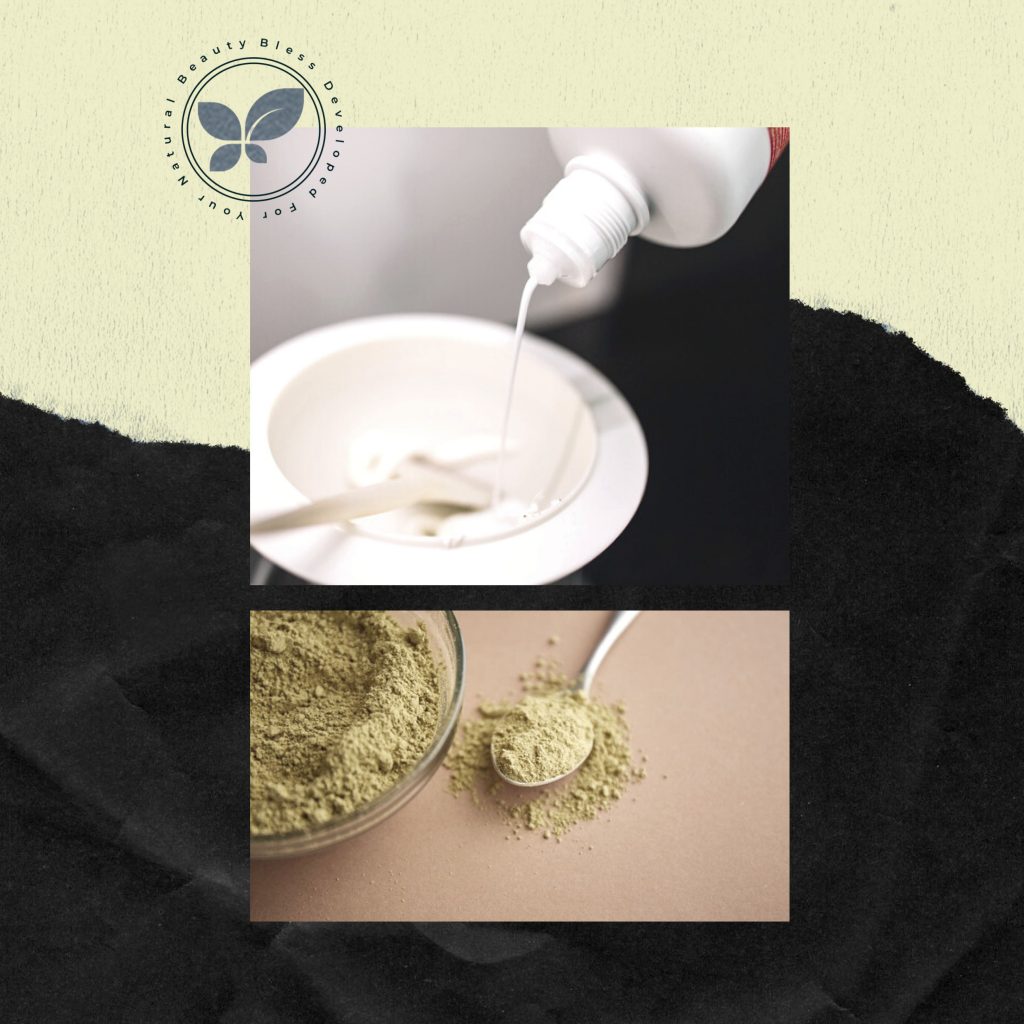Bless
How to change your hair color avoiding damage .
Semi-permanent hair rinse
A colour hair rinse that isn’t permanent doesn’t penetrate the hair shaft, so is the perfect solution for anyone looking to dye their hair without causing breakage or damage.
There are many shades available, but because these rinses don’t contain strong chemicals or bleaches, don’t expect a dramatic colour change.
Semi-permanent hair rinses gradually fade from your hair after several washes. Look for brands that include nurturing ingredients such as vitamin E, aloe vera or jojoba oil, for instance.
Henna
Derived from India, henna has long been a popular hair colour changing option for those seeking a natural approach, free from harsh chemicals. This natural plant dye doesn’t penetrate the hair shaft but is able to give your hair a colourful tint.
Rather than damaging your hair, henna can condition it, boosting its vitality and shine. If you choose to dye your hair using henna, it’s a messier and longer process compared to other dyes, and it may not be suitable for covering up extensive greys.
Indigo
Another natural type of hair dye that won’t affect the health of your hair is indigo. This plant dye is often used in conjunction with henna to achieve a stronger colour or to cover up stubborn greys.
Chalks, crayons, powders and sticks
There are many products available that allow you to add colour to your hair without harmful chemicals and bleaches. These come in the form of colour chalks, crayons, powders and mascara-like sticks, and are used to add a hint of colour, such as a streak, or to disguise root growth in between salon appointments.
The colour does fade quickly, however, and will rinse out after each wash, but these products are great for introducing a splash of colour to your tresses.
Professional results
If you decide onm a dramatic change of hair colour, it’s impossible to avoid using products that contain bleaches or strong chemicals, such as paraphenylenediamine, if you want to achieve the desired colour change.
If you haven’t used hair dyes before, it may be safer to get a professional hairdresser to do the job for you. A hairdresser will be experienced at using hair dye products and chemicals and will know how to safely apply them to your hair, which can limit any damage caused.
If you do decide to dye your hair yourself, you can also reduce any damage, dryness or breakage to hair by always reading and following the manufacturer’s instructions on the hair dye box. Don’t leave the dye on for longer than specified and always do a patch test first to ensure that you aren’t allergic to any of the chemicals.
Consider having a break now and again from using permanent hair dyes, or use less damaging semi-permanent colours in between salon visits.







